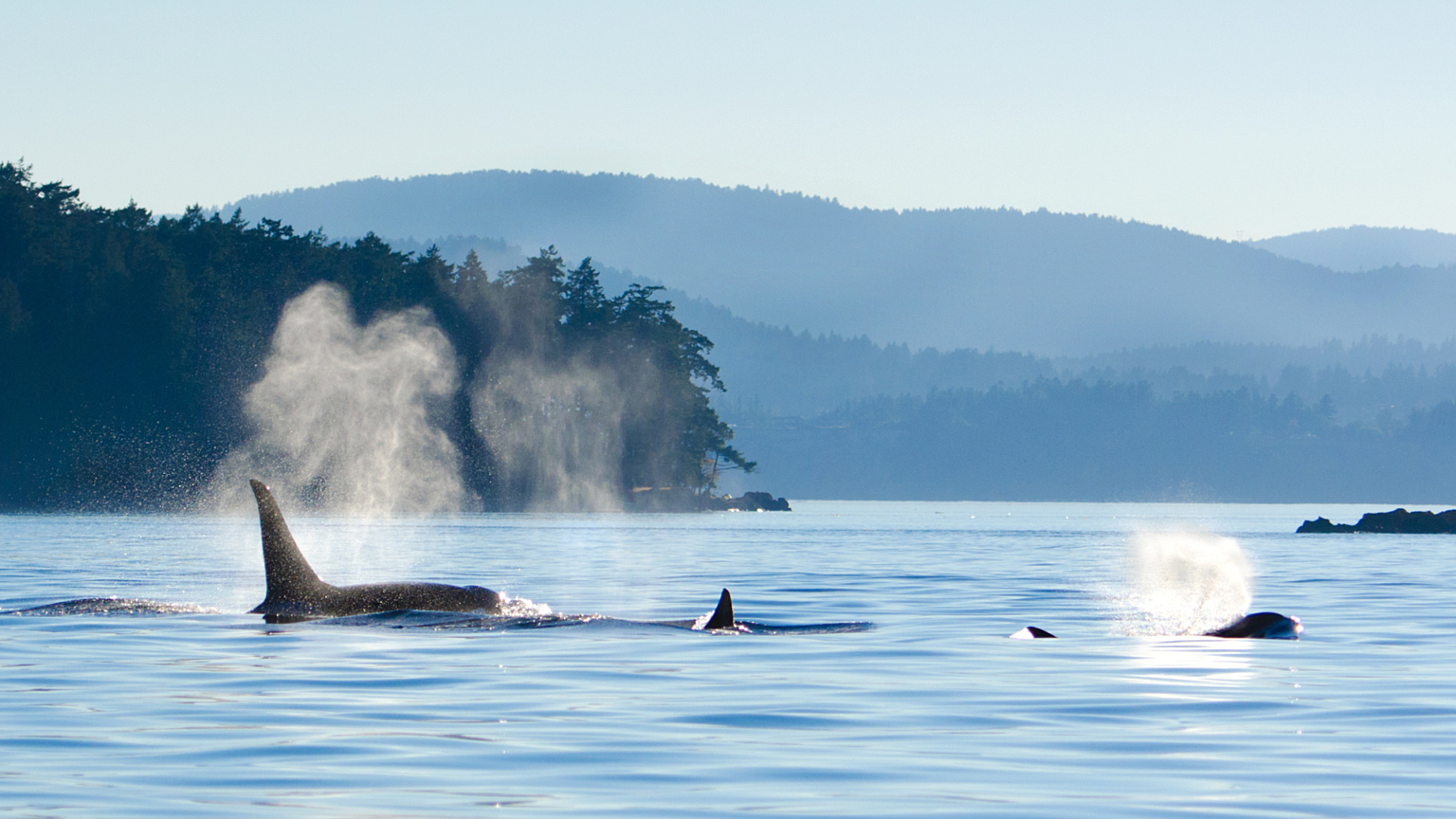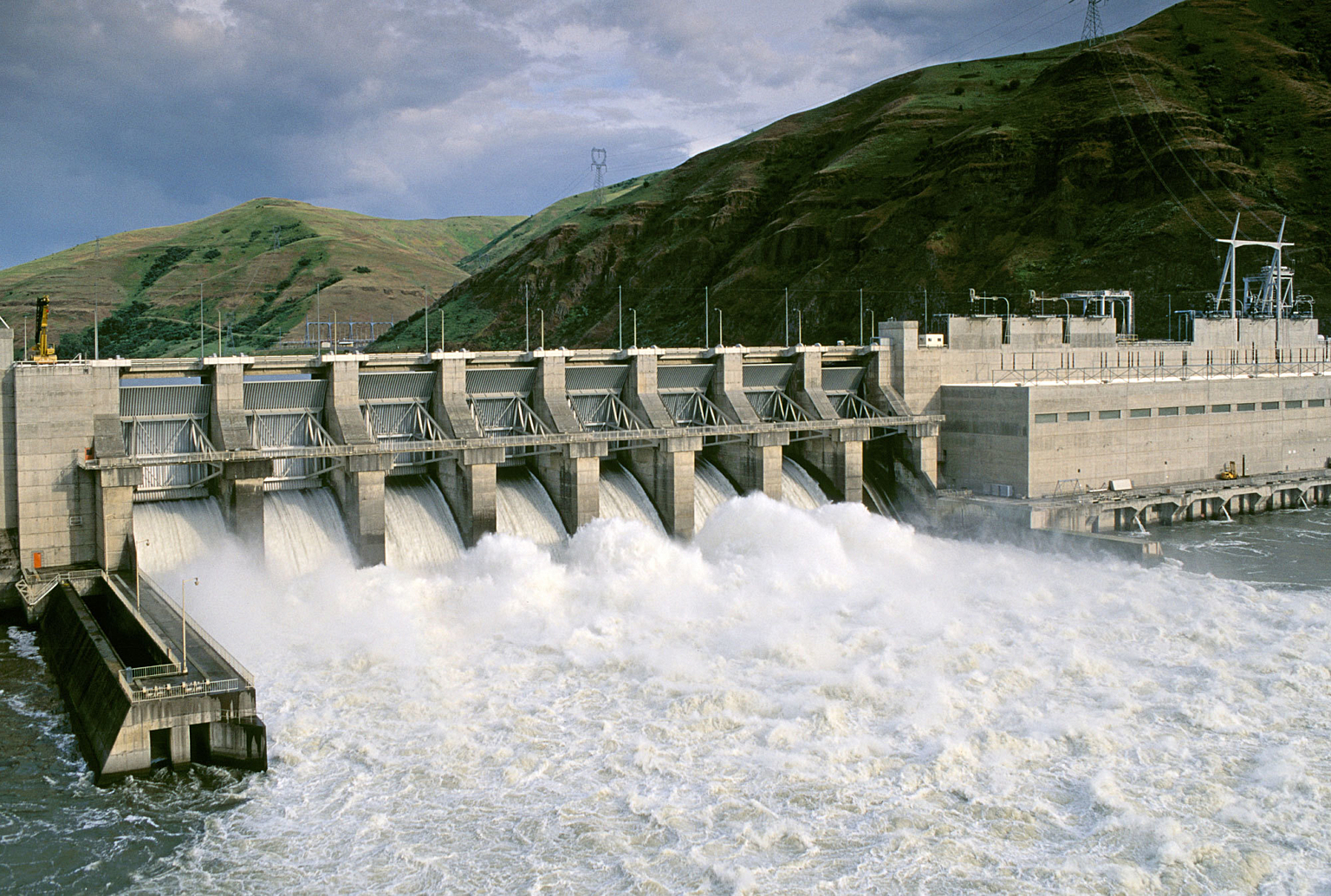
Education
Keystone: Pacific salmon and Southern Resident orcas
Keystone: a series where we explore what else is at stake if we lose wild salmon.
The salmon in our poké bowls and the leaping, silvery fish we see in National Geographic pictures, narrowly twisting past the jaws of a grizzly, almost seem like entirely different entities. One is a cultural icon, revered by ecologists and fly fishers alike. The other sits mundanely in the seafood aisle and pairs well with a soy glaze.
As a keystone species, crucial to the health of economies, ecosystems, and cultures, Pacific salmon often play many roles. A single fish can mean $3,000 to a fisherman, or 1,500 calories to a hungry whale.
Protecting these fish and those who depend on them is a balancing act. Yet for decades, overfishing, habitat degradation, and pollution has thrown the whole system off-kilter.
Welcome to Keystone, a series where we explore what's at stake if Pacific salmon continue to decline. These fish not only feed people, they feed beavers, bears, birds, even trees. WIthout them, one of the most complex ecosystems in the world would break down.
First up: Southern Resident orcas and chinook salmon.
Meet Tahlequah, a 24 year old orca. Tahlequah lives with around 20 of her family members in a community called J Pod. She will play and hunt alongside them for the rest of her life. Scientists believe her emotional capacity rivals that of a human. And she survives on one source of prey: wild salmon.

Southern Resident orcas in the Puget Sound
In 2018, Tahlequah gave birth to Tali, the first calf the pod welcomed in over three years. Small and malnourished, Tali died thirty minutes after she was born. In an act of grief that made international news, Tahlequah carried her calf’s body for 17 days.
Tahlequah is one of 74 Southern Residents, a genetically and culturally distinct orca ecotype that lives off the West Coast. Their future looks bleak: first classified as endangered in 2005, they’re now at a 40-year population low. Of the 74 remaining orcas, only 30 are effective breeding candidates.
The main cause of their decline? A decrease in the quantity and quality of the chinook salmon that make up 80 percent of their diet.
To stay healthy, an adult orca needs 200-385 lbs of fish per day. Yet chinook populations are at a historic low, primarily driven by overfishing and habitat encroachments like the Snake River dams. In 2021, the Pacific Salmon Commission reported that chinook populations had fallen 60 percent since 1984. For orcas, the resulting malnutrition and stress has made successful births rare. Over the past decade, nearly 70 percent of known orca pregnancies ended in miscarriage.

A lower Snake River dam, which blocks wild salmon from historic spawning habitat.
Orcas are one of the world’s most socially advanced creatures. They live in groups called matrilines, formed by the oldest female and her descendants. These grandmothers pass down essential knowledge to each generation, acting as teachers, hunters, and caretakers. Some say it’s already too late to save them. Lack of prey aside, existential threats like diminishing genetic diversity and polluted waters still loom.
But others, like the nonprofits Earth Law Center and Orca Conservancy, disagree. They advocate for action on concrete management steps, like the removal of the four Lower Snake River dams that block chinook from their spawning grounds. Removing these dams would restore crucial salmon habitat and increase the water in these rivers, making migration much easier.
A campaign to recognize the legal rights of Southern Residents, spearheaded by the Earth Law Center, is gaining traction. Several local principalities in Washington have formally codified the right to adequate food supply and freedom from contamination for wild orcas. Sign the petition here.
Protecting wild salmon is directly connected to protecting our planet at large. That’s a big reason why, at Wildtype, we decided to start with salmon. Restoring balance to our relationship with these fish is crucial. With options like Wildtype, we can have our fish and eat it too. And so can the orcas.